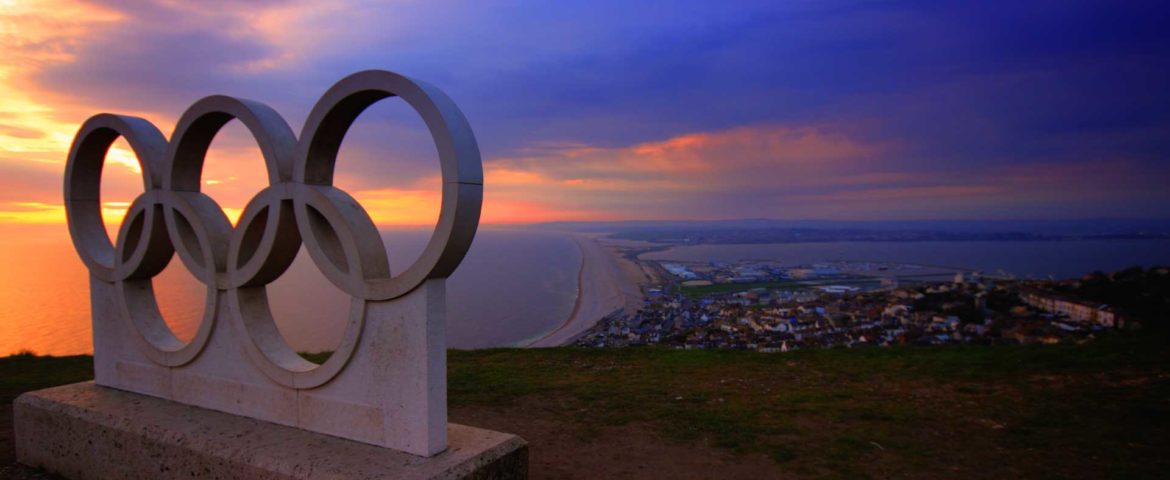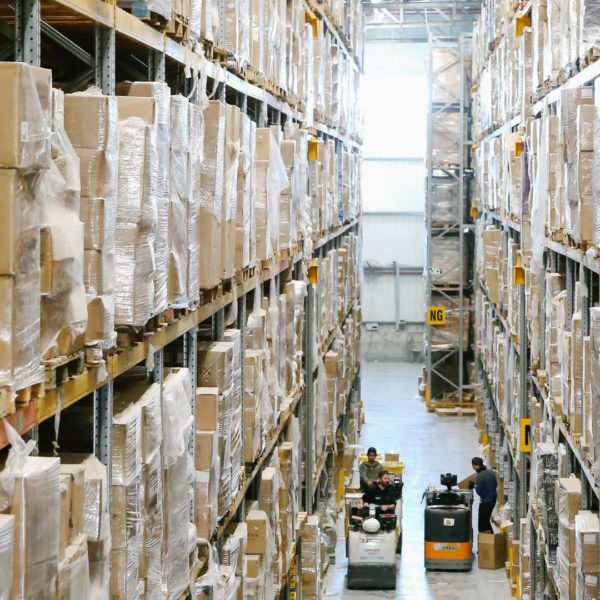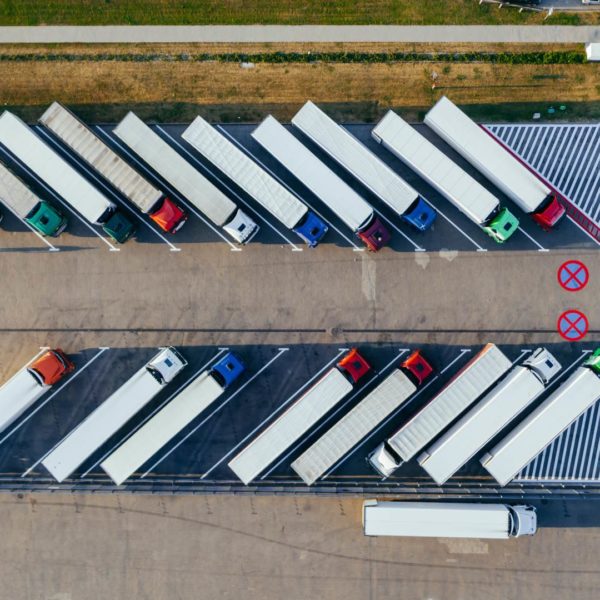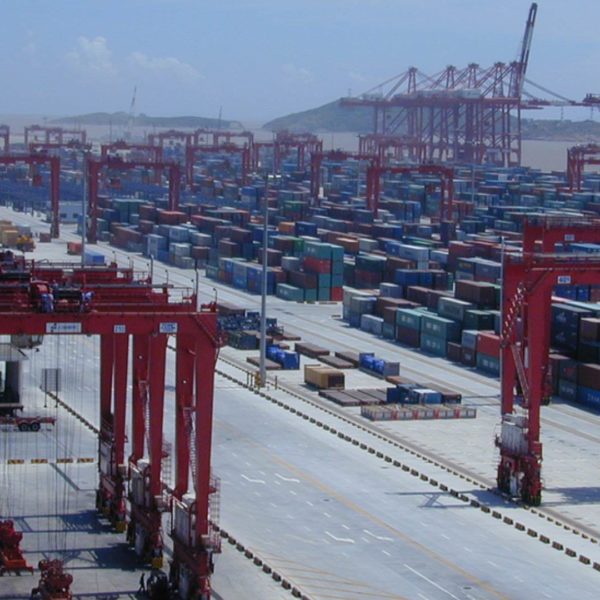The Olympic Games in Tokyo are planned to open on July 23 after a year of delays due to the ongoing global pandemic.
Behind the world’s top athletes are a massive support network and highly complex logistics operation to make the games go smoothly.
Over 10,000 athletes will be in the games from 200 countries, in addition to the athletes themselves, their coaching and support staff will be there as well as all the required equipment to support the games themselves. The Tokyo Olympic village can accommodate about 18,000 people all at a price tag of around $25 billion dollars.
The support staff, officials, and tons of journalists will number well over 70,000!
While in a more normal world tens of thousands of spectators would also be present, but as it seems now few to none will be permitted over health concerns.
Airlines are flying standard schedules as they were pre covid in many countries, which creates a major obstacle for teams to plan around. With numerous teams announcing their travel plans will be much less direct than in the past.
Public health Scares
While many in the US are taking vaccines for granted, this is not the case in the rest of the world with many nations still struggling to provide widespread availability of vaccines. An estimated 80% of all travelers to the Olympics will be vaccinated, but the remaining 20% could quickly create a major issue.
For Japan, the last thing they want is a major covid outbreak in the Olympic village, so strict measures are in place to reduce the risk of any potential outbreak. Japan is currently facing a large number of restrictions due to an going covid infection wave.
Expect quarantine periods for athletes going to and returning from the games, lots of testing, and likely some positives which will result in difficult questions of who has been exposed and how many should be additionally quarantined.
Japan has additionally said that incoming Olympic travelers can only stay in Japan 5 days before the game starts and must leave within 2 days following their competitions.
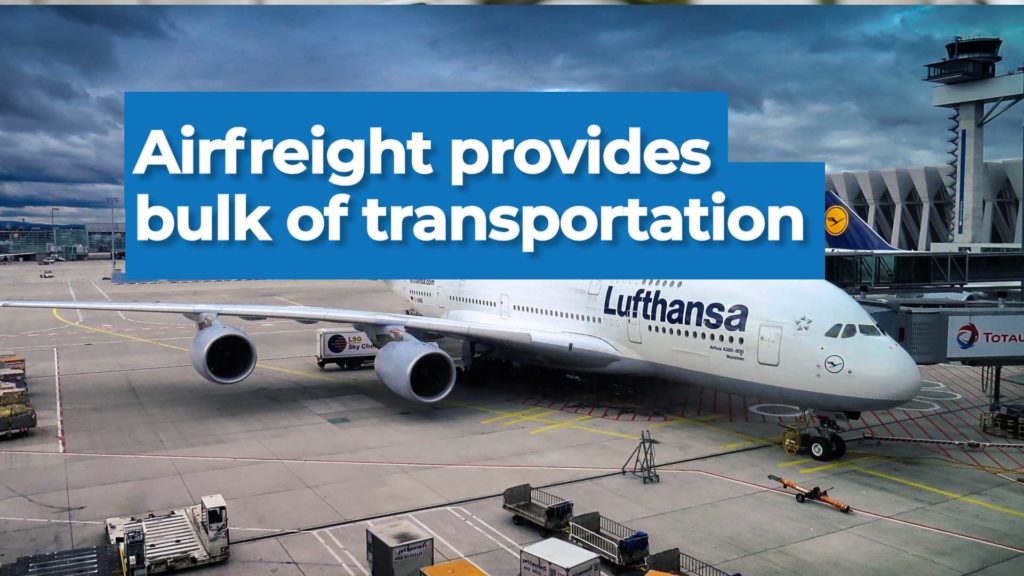
Venue and Gear Logistics
The sheer magnitude of all the required “stuff”, everything from huge numbers of tables, chairs, to the thousands of items needed for specific sorts, everything ranging from balls to tennis racquets, volleyball nets, etc all require significant planning and thought to make sure everything that is needed actually arrives in time to be set up and used at the games.
The complexity of having dozens of different sports venues that are custom built to each sport is a major expense and challenge as there are a number of different sports associations that have certain standards for how each is setup. For example, it’s important the construction and exact specifications of any track and field track is perfectly in line with what the governing sports association calls for.
The ten thousand plus athletes and staff must eat!
Some reports pinned meal production at over 60,000 meals per day at the previous summer games, with nearly half a million pounds of raw food materials used each day.
The cold chain logistics needed for this are significant, as over time traditional logistics lanes and volumes are balanced and somewhat consistent. With an event like the Olympics, it is a massive surge of demand on very specific lanes, requiring a large amount of air cargo freight capacity with most major airlines playing some role in the cargo efforts.
Hundreds of tons of food are consumed throughout the games with continual resupply trucking needed to support the variety of different food venues throughout the Olympic village. Foodservice is contracted out to a variety of firms, including Mcdonald’s. McDonald’s will have a completely free restaurant at the Tokyo Olympics, viewing it as an advertising expense.
Olympics Security and Safety
Security is a major concern, with thousands of security officers providing protection and making sure
The logistics and planning behind security technology throughout the Olympics complex is another major component to the overall games. For example, drones will be prohibited from flying around the Olympic facilities.
Cybersecurity and IT infrastructure is a major challenge as well due to the ever-present concern over hacking and maintaining communications across the massive complex.
Reports pin the security force at around 20,000 team members from different
How to get Horses to the Olympics?
One of the more unique aspects of the game’s planning is the inclusion of horses for certain events, necessitating that horses are flown into Tokyo from many different countries. According to one article, over 300 horses will be flown to Tokyo via specially equipped Boeing cargo planes.
Like any major event, the Tokyo Olympics would be a major planning and logistics project without the additional challenge of an ongoing global pandemic. Tokyo was selected as the host city in 2013, which has given the city and officials the better part of a decade to plan and construct needed facilities. On top of the near $15 billion dollar price tag, the postponement of the Olympics from 2020 to 2021 cost an estimated $5.8 billion dollars.
Infrastructure Planning and the Olympic Committee
Major building, roadway, railway, and other city infrastructure improvements were carried out to provide the capacity and resources needed for the games.
In order to facilitate the games and make sure the event runs smoothly, the International Olympic Committee puts together a massive document that specifies the requirements of hosting the games. This is important, as this ensures a level of preparedness and removes much estimation if each city were to independently plan and develop the requirements for the games anyway.
The Olympic committee has a set of significant requirements the host must follow as part of its agreement to host the games. Ranging from everything from transportation requirements, security, food then of course the actual game venue. Housing is a tall order as well since the majority of the accommodations used during the Olympics were constructed for this specific purpose in the Olympic Village. For example the Olympic committee specific that over 40,000 rooms must be secured or built for the coming 2021 games and this is only for the staff operating the games. The Olympic village in Tokyo will have direct accommodations for 16,000 people.
Contingency planning is also a part of the Olympic committee’s process, with much thought given to weather issues for certain sports and how to deal with potential issues.
Olympics Energy Consumption
Energy usage and an eye towards environmentalism is just another component to the highly complex event, with Toyko claiming to be the most energy-efficient Olympics to date. In addition, to be energy efficient, the energy used in the 2021 Tokyo Olympics will be 100% from renewable sources. Sustainability goals are also very high with 99% of all retail products, and procured goods being from renewable or recycled materials.
All buildings are designed to be highly efficient with very modern AC units, many build using sustainable timber produced domestically in Japan.
Going forward, energy efficiency goals will be an increasingly important aspect of the games’ planning.
Future Olympics
Paris and Los Angeles are already spending huge amounts of money on projects for the future 2024 and 2028 games which will be held in those respective cities. As each Olympics is held, the plan is refined as to challenges and unexpected issues that arose, hopefully making each future Olympics run more smoothly than the prior one.
A major consideration going forward is the continually rising costs associated with holding the Olympics in a given city. In recent years, cities have started to question the return on investment of the billions of dollars that must be spent to hold the games.
Zmodal is a top intermodal shipping company providing door-to-door intermodal, and full truckload services nationwide throughout our digital supply chain dashboard which provides easy route searching, booking, document management, and analytics. CONTACT US if you want to lower your supply chain costs or want access to North American intermodal capacity.
